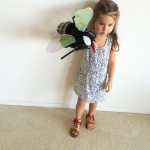
Kylie Peppler. BeeSim, a participatory simulation where young students (grades K-3) enact the roles of honeybees through the assistance of electronically-enhanced e-puppets, is designed to enhance youths’ understanding of complex […]

Andrew Krumm. In this poster, we will provide an overview of how researchers and practitioners in a charter management organization collaborated to produce original analyses and drive local improvement efforts. […]
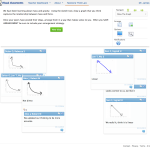
Ethan Danahy. The InterLACE research and development project at Tufts University is creating interactive digital tools for capturing and interactive with students ideas to foster peer-to-peer learning and collaborative knowledge […]
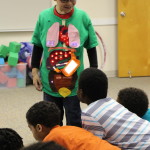
Tamara Clegg. We advance a new genre of embodied technology tools (and associated learning activities) for STEM learning that display learners’ physiological functions in real-time on wearable, e-textile shirts and […]
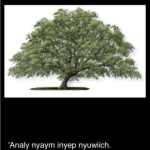
Jonathon Reinhardt. The PIKDL project sponsored a symposium for Mojave educators to develop a language and culture learning narrative game “ ‘Analy Nyuwiich: The Mesquite Tree” using ARIS. More games, […]
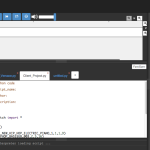
Douglas Edwards. EarSketch creates a free browser based authentic learning environment where students learn to code in Python or Javascript and remix music by music industry veterans in the high […]

Kirsten Butcher. EXAMINE Lab is an augmented reality annotation system implemented on tablet devices for hands-on experimentation in physics. Our work explores how annotated views of hands-on activities can support […]
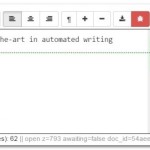
Evgeny Chukharev-Hudilainen. CyWrite is a system for automated writing evaluation (AWE) that provides product- and process-based feedback to learners of writing on their drafts. It is the first AWE system […]

David Shaffer and Kris Scopinich. Shows tools that develop and measure complex STEM thinking: 1) a Virtual Internship Authoring system that lets teachers create and customize real-world learning scenarios; 2) […]

Voicu Popescu. I will be showing on my laptop videos of our system of instructor avatars. Project: A System of Animation Gestures for Effective Teaching Avatars This is a station […]







